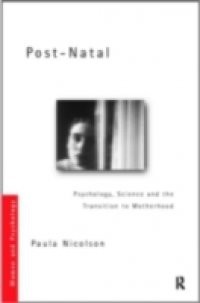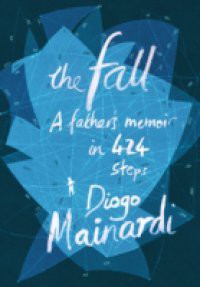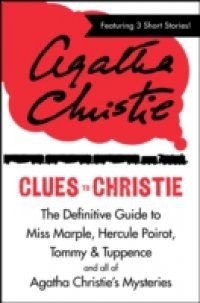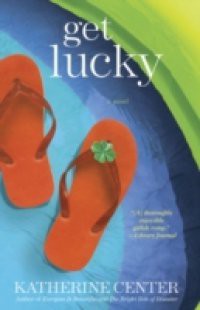Literature has long sought to make sense of the destruction and aggression wrought by human civilization. Yet no single literary movement was more powerfully shaped by violence than modernism. As Sarah Cole shows, modernism emerged as an imaginative response to the devastating events that defined the period, including the chaos of anarchist bombings, World War I, the Irish uprising, and the Spanish Civil War. Combining historical detail with resourceful readings of fiction, poetry, journalism, photographs, and other cultural materials, At the Violet Hour explores the strange intimacy between modernist aesthetics and violence in the late nineteenth and early twentieth centuries. The First World War and T. S. Eliots The Waste Land demonstrate the new theoretical paradigm that Cole deploys throughout her study, what she calls enchanted and disenchanted violence-the polarizing perceptions of violent death as either the fuel for regeneration or the emblem of grotesque loss. These concepts thread through the literary-historical moments that form the core of her study, beginning with anarchism and the advent of dynamite violence in late Victorian England. As evinced in novels by Joseph Conrad, Henry James, and others, anarchism fostered a vibrant, modern consciousness of violence entrenched in sensationalism and melodrama. A subsequent chapter offers four interpretive categories-keening, generative violence, reprisal, and allegory-for reading violence in works by W. B. Yeats, J. M. Synge, Sean OCasey, and others around the time of Irelands Easter Rising. The book concludes with a discussion of Virginia Woolfs oeuvre, placing the author in two primary relations to the encroaching culture of violence: deeply exploring and formalizing its registers; and veering away from her peers to construct an original set of patterns to accommodate its visceral ubiquity in the years leading up to the Second World War. A rich interdisciplinary study that incorporates perspectives from history, anthropology, the visual arts, and literature, At the Violet Hour provides a resonant framework for refiguring the relationship between aesthetics and violence that will extend far beyond the period traditionally associated with literary modernism.















